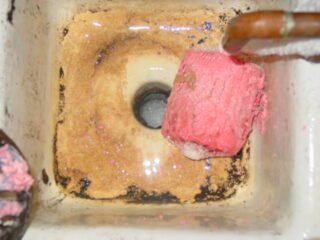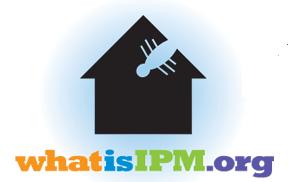Drains & Restaurants
Do you ever check bathrooms before you eat at a restaurant, I check drains and restaurants for a living? I won’t eat until I check the bathroom, if its clean then probably (probably) the kitchen is clean. If you have a restaurant, staff must be taught that part of the process is cleaning. Everyday a certain station should be cleaned and then someone needs to double check. If a customer gets something in their food, the reputation can be sullied in that visit and those reviews sites are not forgiving.
- Daily cleaning, certain areas.
- Weekly cleaning.
- Inspection by someone who cares, not just someone that wants to go home.
- Inspection by management. If you set the standard – staff will comply.
- A German Cockroach can get by with just a speck of grease, don’t forget in between appliances.
- Use a checklist, its not tough. If you start out clean and keep it that way.
The Public is your Critic
- Only takes one complaint, and if its online – it is there FOREVER. Those Dirty Dining shows are proof of that.
- Make the weekly cleaning game with free appetizers etc. If staff doesn’t consider it work – it won’t be.
- Set the standard, if you don’t then no one else will.










